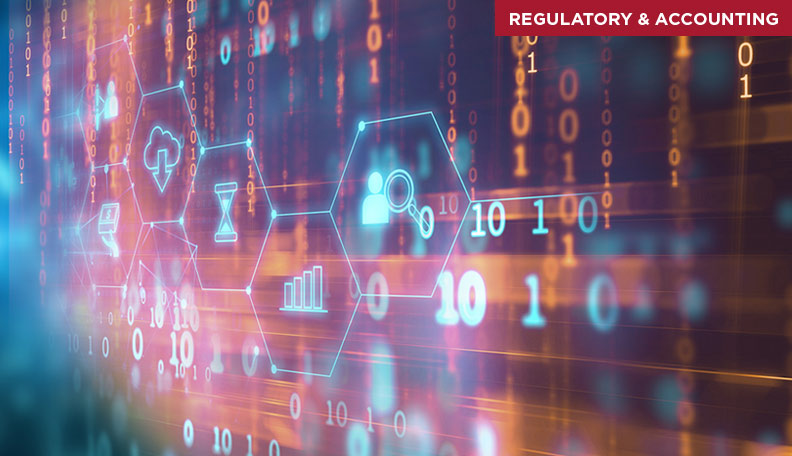
A: We’re going to start to see a larger proportion of our activities using natively digital assets. Today, blockchain has created a new ecosystem where some assets are natively digital and others are tokenised representations of traditional assets. They interest different entities and are traded on different exchanges. These will come together in 2022.
A: Real-time payments have shifted consumer behaviour, but if you look under the hood, the settlement systems haven’t changed that much.
One key question to ask is: what about securities? Payments may look like they are operating in real time, but not if they are cross-border, and certainly not in securities. Securities settlement is only now moving towards T+1.
Both the Depository Trust & Clearing Corporation (DTCC) push towards T+1 and the emergence of cryptocurrencies as an asset class have focused attention on the liquidity implications of faster settlement. Speedier settlement in securities means less risk and shorter holds on liquidity. Efforts to speed up crypto settlement encompasses a range of activities, including the rise of stablecoins and automated market makers (AMMs) to facilitate crypto trades, sub-custodian relationships between crypto companies and banks, and research on the stability implications of runs on stablecoins. The second half of 2021 already saw the beginnings of institutional participation in digital custody for limited types of customers, so this is definitely an area to watch in payments in 2022.
A: Coming into 2021, most of the activity around CBDCs was focused on the wholesale use case. By the end of the year, all eyes were focused on the retail use case. The shift was the result of emerging economies moving more quickly, while experience has shown us that large, complex economies are slow to change.
That said, the stickiness of inflation is ramping up central bank engagement with CBDCs across the board, not just in emerging markets. The tools of monetary policy have expanded as a result of two events in the past 15 years: the 2008 global financial crisis, which introduced interest on reserve balances, and the 2020 COVID pandemic, which introduced central bank liquidity swaps, the Foreign and International Monetary Authorities
(FIMA) repo facility, and a standing overnight repurchase agreement facility.
Yet as inflation reached fresh highs in late 2021, central banks were reactive instead of proactive. Attention to central bank inflation handling, augmented by the rise of private money, has contributed to central bank activity around CBDCs. Depending on the design decisions, CBDCs have the potential to update and strengthen monetary policy via the application of interest rates, as the recent Fed report recognised.
A: As distributed ledger technology (DLT) is increasingly adopted by established market players, the regulatory environment is going to be critical for all areas of blockchain in 2022. This includes everything from electronic negotiable instruments (MLETR) and capital requirements for crypto custody to rules for digital trade (URDTT).
What’s clear is that in 2022 the regulators have now caught up so we should expect to see greater regulatory engagement across the board this year.
A: The future of finance will be hybrid. We have already seen that fintech is starting to blend into banking. For example, fintechs are securing banking licenses and banks are moving into areas traditionally in the fintech space, such as crypto custody. In today’s environment, if you want to move fast, you need to work with existing infrastructure to ensure that products are compliant and secure. Solutions and companies that strike this balance are going to command a lot of attention in 2022.
It is also important for fintechs to consider what it means to be regulated. The difference between the need to ‘regulate vs license vs register’ is often confused, but it is an important distinction and should be front of mind for any tech-savvy treasurer.
Dr Alisa DiCaprio is chief economist at enterprise software firm R3
